Image Gallery: The Leggiest Millipede
Millipede Mouth
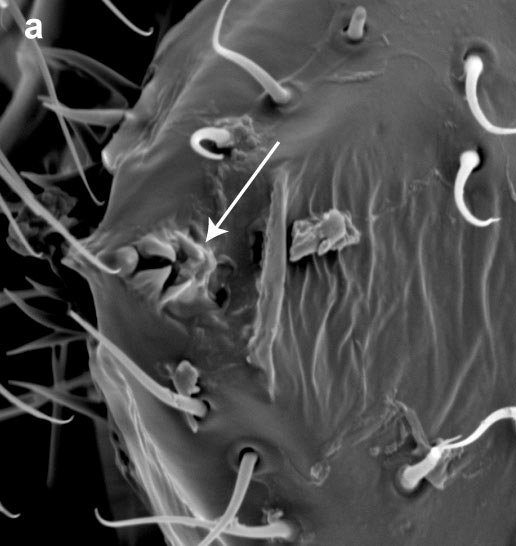
The millipede wowed researchers with its unusually complex build that was tucked into such a tiny package — it measures 0.4-1.2 inches (1-3 centimeters) long. Shown here, view of the head and mouthpart showing a triangular tooth-lined orifice (arrow).
Weird Head
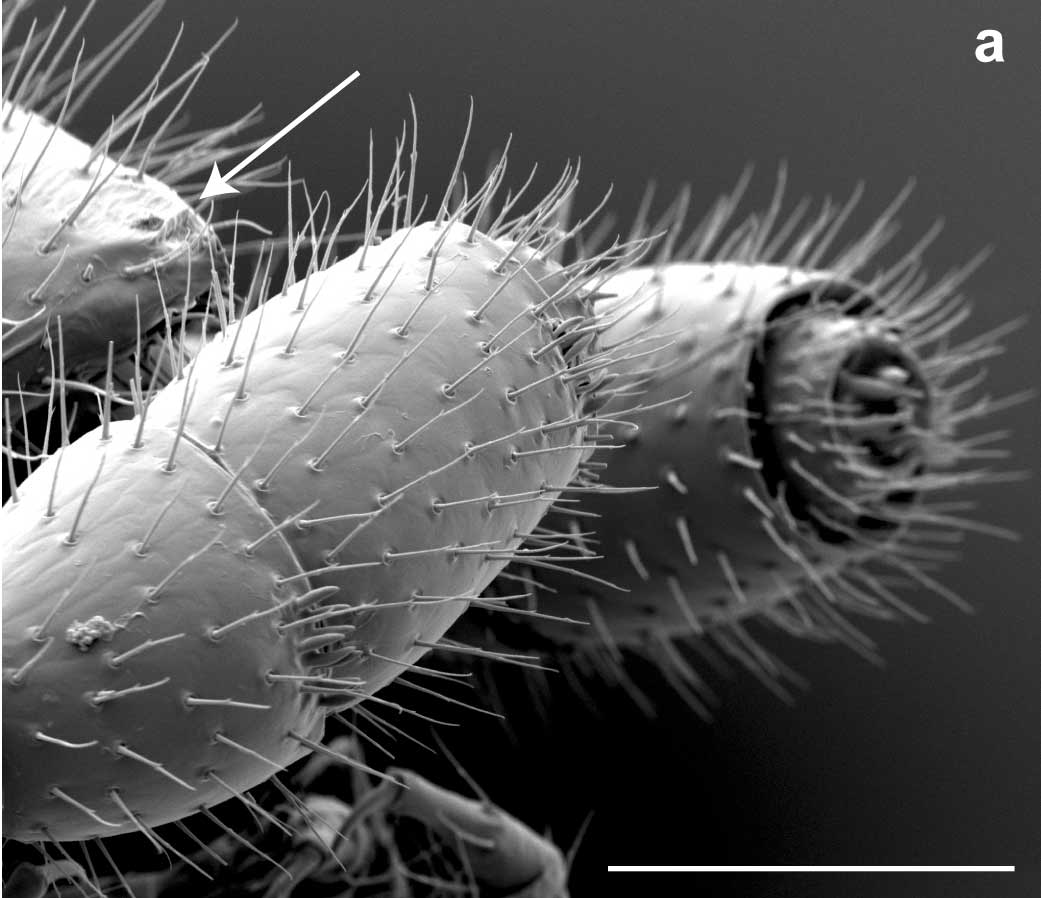
Shown here, a scanning electron micrograph of the tips of the bizarre millipede's antennae and head, with toothed structures projecting from its mouthpart (arrow).
Teensy Tiny
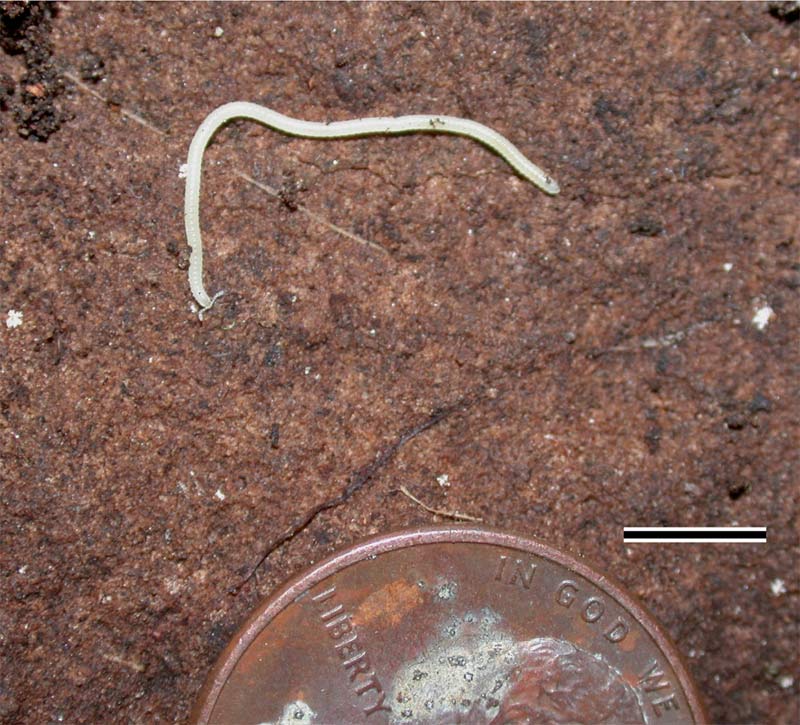
A white millipede named lllacme plenipes (Latin for "the pinnacle plentiful feet") and found only in a small area of Northern California sports 750 wiggling legs, making it the "leggiest" animal known. (Here, the entire millipede with penny for scale.)
Creature Comforts

The millipedes are limited to a patch of grassy oak woodlands spanning about 1.7 square miles (4.5 square kilometers), or 823 football fields, near Oakland and Berkeley.
Wiggle Worm?
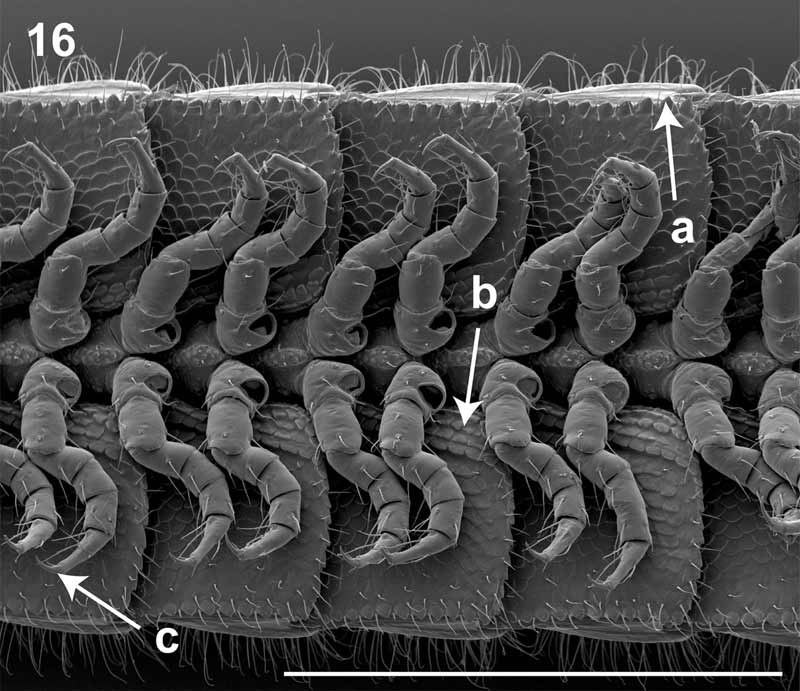
Scientists crowned the species as the leggiest in the animal kingdom (some of its wiggling limbs shown here), beating out a related species in Puerto Rico with 742 legs.
Rare Specimen
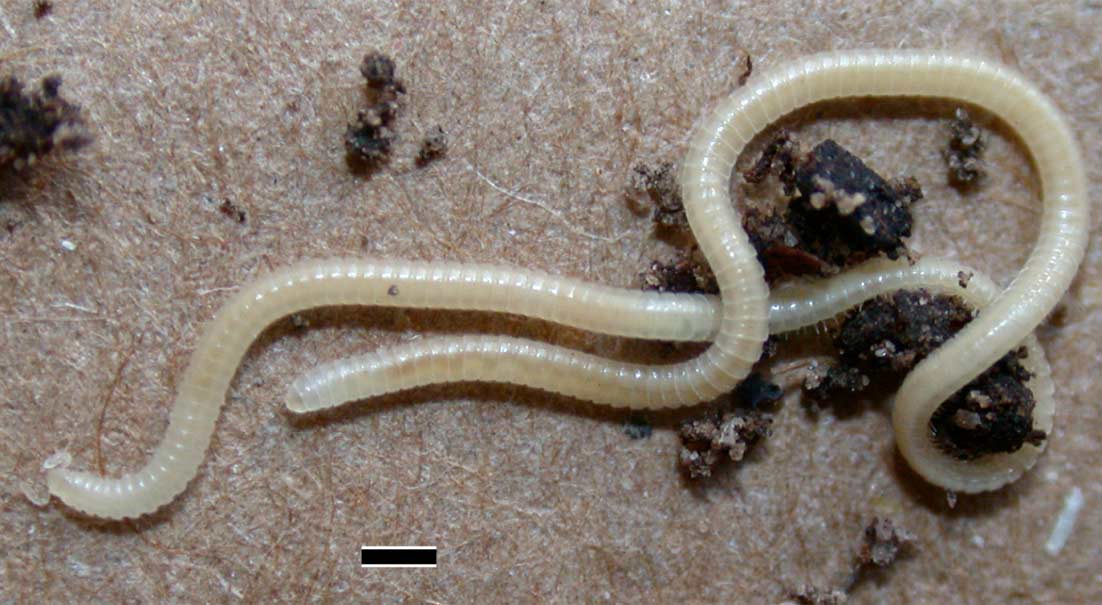
Over three years, researchers found a total of 17 specimens of the white millipede in various life-cycle stages. Successful hunts required two researchers to examine an area for an hour before finding a single specimen. (Shown here, Illacme plenipes female with 170 segments and 662 legs. Scale bar 1 mm.)
Tiny But Complex

Millipedes like this one (lllacme plenipes) are second to earthworms in their ability to break down dead plant matter, giving bacteria and fungi a chance to consume those organic materials.
Get the world’s most fascinating discoveries delivered straight to your inbox.
Oddities
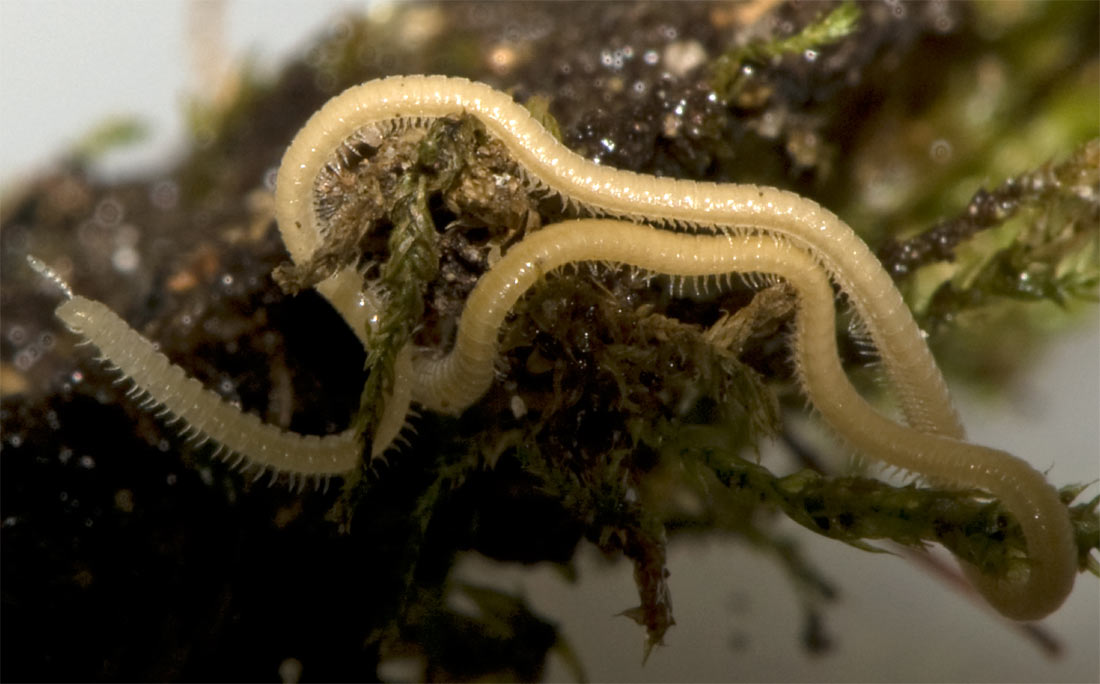
A rudimentary fused mouth with no known function is among the millipede's oddities, as are hairs on its back that produce a silklike product. "There was this huge amount of neat detail that we're just scraping the surface of," Marek said.



